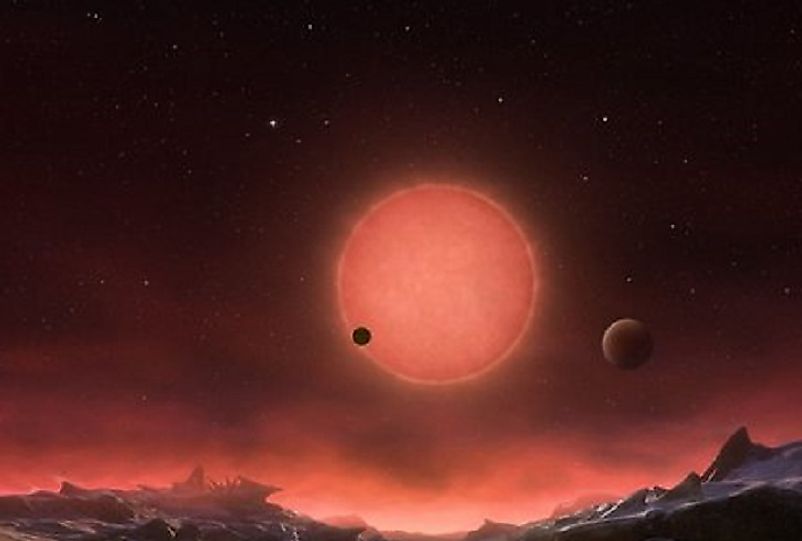Newly Discovered TRAPPIST Planets: Could They Support Life As We Know It?

5. Breakthrough Discovery!
In the outskirts of the Atacama Desert in northern Chile sits La Silla Observatory, far from any other human light source, which allows for the darkest of nights and is therefore just perfect for stargazing. Recently, three temperate Earth-sized planets orbiting a dwarf star named TRAPPIST I were discovered by researchers. It took about 62 nights of careful observation with the TRAPPIST telescope to detect their faint light, some 40 light-years away. These newly-discovered heavenly bodies are in the so-called "habitable zone" due to to the tolerable amount of radiation these planets receive. Researchers believe the planets could be habitable with the right atmosphere and water.
4. Leading Scientists
The disclosure was recently published in the scientific journal Nature. The discovery of the three planets in December of 2015 was unexpected, since the dwarf star is barely a tenth the size of our sun and half of its temperature. Michael Gillon, a researcher from the University of Liege in Belgium, made the sighting at the La Silla Observatory in Chile. Another researcher from the Massachusetts Institute of Technology, Julien de Wit, also sighted the discovery of Gillon. The Center for Astrophysics and Space Science of the University of California at San Diego, where Professor Adam Burgasser has studied dwarf stars for years now, stated that TRAPPIST I was previously studied, but its orbiting planets were not discovered until Gillon used the powerful telescope in the Silla Observatory.
3. Where Are The TRAPPIST Planets Located?
The ultra-cool red dwarf star TRAPPIST I is about 40 light-years away from our planet. About Jupiter's size and with its ultra-cool temperature, the dwarf star was not a likely candidate to have planets around it. This is nothing extraordinary, since between 25% and 50% of the Milky Way is populated with these Earth-sized planets and dwarf stars. But orbiting the dwarf star are three planets that could support life, given it also contains water, as well as an atmosphere. At the moment, the only thing that researchers and scientist could do is to study and observe these three planets. Considering that the distance is about 40 light-years away from earth, an expedition would not even be viable at this time.
2. Temperate Planets In The Habitable Zone
These temperate planets are in the "habitable zone", which is located in another arm of the Milky Way. A temperate planet equalizes its temperature to its surroundings, wherein, although the sun heats it up, it balances its temperature by releasing the heat that the sun sends it. Water remains liquid because it maintains a temperature between 273 Kelvin and 373 Kelvin. At this range, planets are usually found in the habitable zone in outer space. At a temperature of 273 Kelvin, water is at its melting or ice point while at 373 Kelvin, water is at its boiling point. Temperate planets are planets that can hold water due to its atmospheric pressure.
1. Could These Planets Support Life?
A habitable zone is characterized as a shell-shaped area in outer space where planets have atmospheric pressure which gives them the ability to hold surface water. If the pressure is substantially lower then water turns into water vapor. Although this could happen, planets inside the habitable zone could also retain water. However, the photolysis of water and escape of hydrogen could leave a planet with little or no water depending on its original water volume. The first two planets found orbiting TRAPPIST I receive four times the radiation that Earth does and so might not be as hospitable but the third planet receives less radiation than Earth, so it could be a livable place if it has substantial water.







